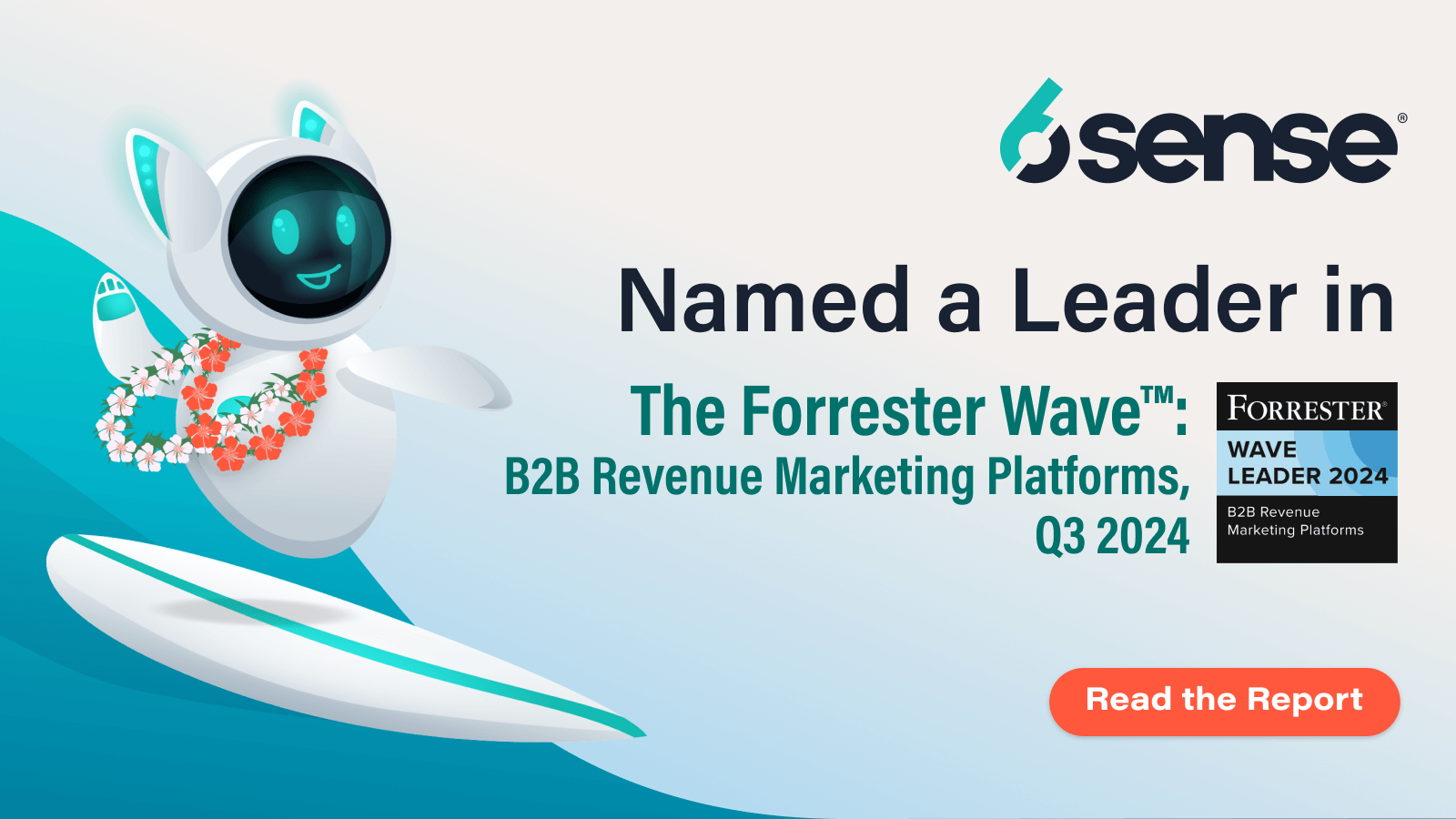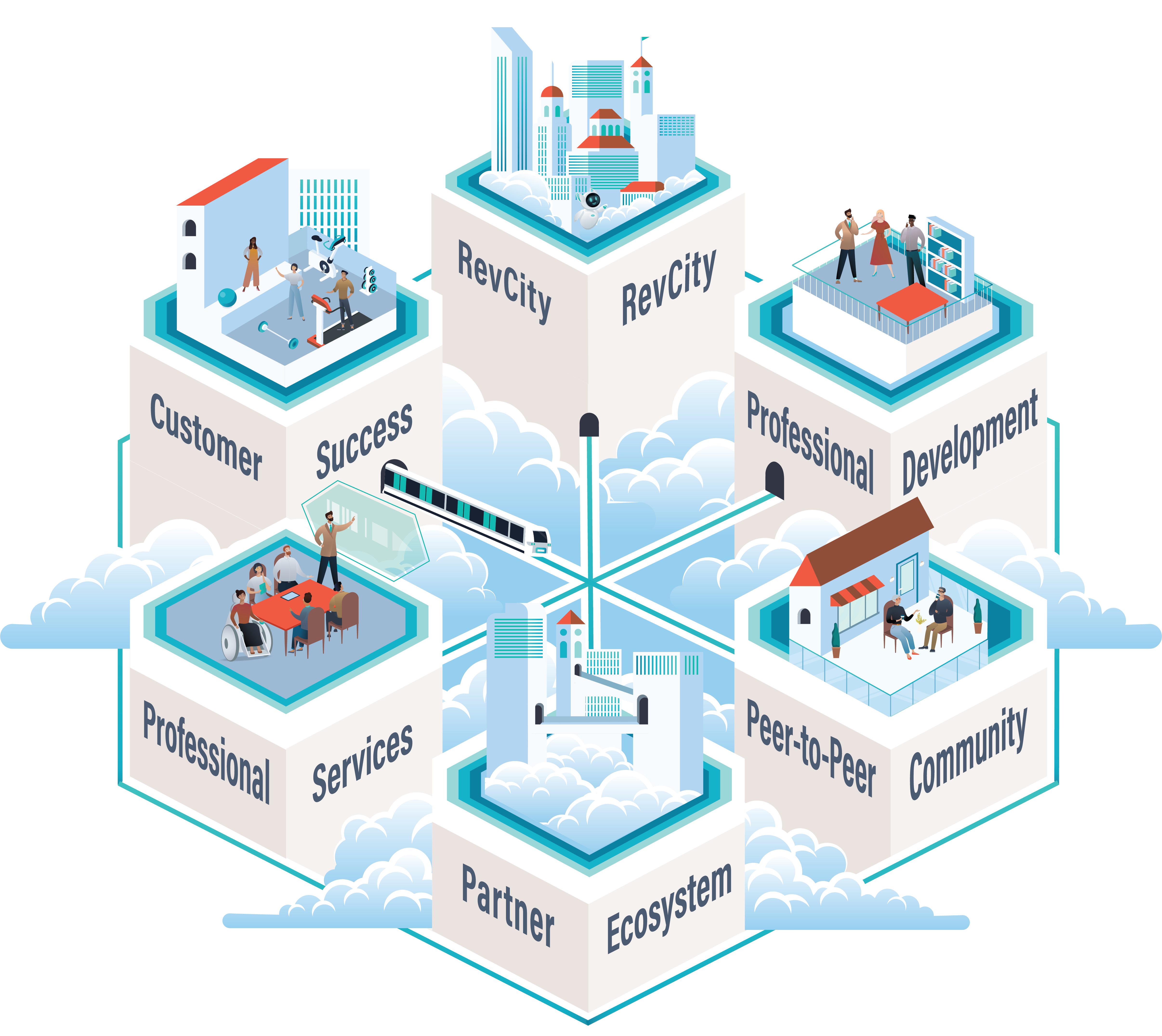Just like you need front-end engineers, back-end engineers, and UX designers on the engineering side, you need equally supportive sales development, sales operations, and account executives on the sales side.
But wait. What does the term “sales development” mean … and how can it unite and streamline your sales team’s activities? Read on to find out.
What Does a Sales Development Team Do?
The sales development team generates opportunities for the sales team to close. They create opportunities through prospecting — including emailing, cold calling, or social selling — to generate interest in potential buyers.
When Should You Hire Your First Sales Development Representative (SDR)?
Once you hire your first two or three account executives, you’ll realize they need more meetings to generate the kind of results your organization needs to thrive. That’s when it’s time to hire your first SDR.
The first SDR will not only help create opportunities for the sales folks. They’ll also act as a standard for future SDRs. You’ll rely on them to figure out what strategies and tactics work, measure the efficiency of different campaigns, document best practices, and hire and train future team members.
Describing a ‘Good’ Sales Development Rep
When you are looking for your first SDR, you’ll want someone who is a great listener, asks the right questions, and can convert a “No” to a “Yes.”
You’ll also want someone who is good at using multiple channels to get a response. They’ll always be on top of their reach-outs, know how to time them perfectly, and maintain a log of opens and clicks along with the day/time those events took place.
Setting Targets for New Sales Development Reps
To ensure your team is marching in lockstep, be sure to align your SDR’s target to your sales target.
For instance, if you need to close a million dollars a year per sales rep, and the close rate is at 20%, you’ll need to generate five million dollars’ worth of opportunities per sales rep.
If you plan to have a ratio of 1 SDR to 2 account executives, then you need to generate 10 million dollars of opportunities per SDR. If this is not feasible with one SDR, you need to work on improving your sales closure rate or have a different ratio of SDR/sales rep.
Your Expansion Strategy
Once you have a working SDR model, figure out what campaign strategy is working best and double down on it.
If your SDR is great with cold calling and generates a lot of opportunities by picking up the phone, hire more SDRs with great communication and listening skills. If your SDR is killing it with great email campaigns, find folks who are good with email templates and subject lines.
Once you get the right hires on board, you’ll realize that training them well is equally important. Having a proper training plan in place when the SDRs join can accelerate their ramp-up period.
Motivating Your Team
Figuring out how you can keep your SDRs motivated while on the job is key to both performance and retention.
Their work can get monotonous — even demoralizing — and it’s vital that there’s enough incentive for them (monetary and otherwise) to achieve their targets.
Consider ways to sustain their learning and make their journey more meaningful. Also, don’t forget to celebrate small achievements and call their names out when they perform better than expected.
Cementing Your Sales Development Team
If you hire the right SDRs, and train and incentivize them well, ROI from sales development can be significant. Sales development resources provide the machinery for the sales team to work their magic.
In many companies, the sales team is given the responsibility of both prospecting and closing. This is a usable approach when you have only a few account executives, but as you scale, you need to separate the two functions to achieve optimum results.



